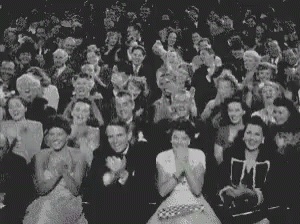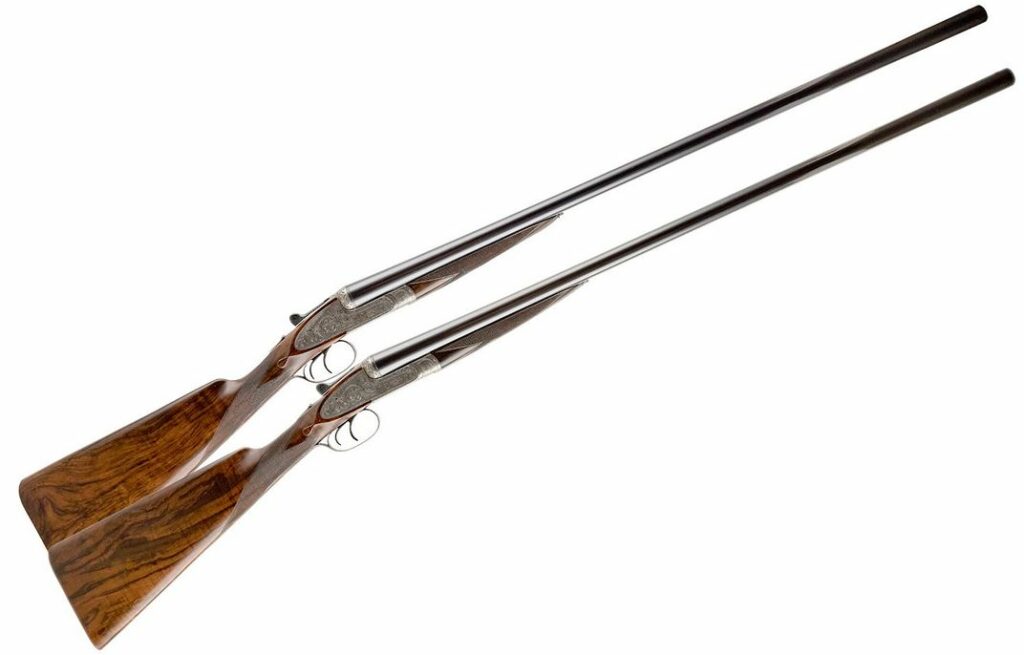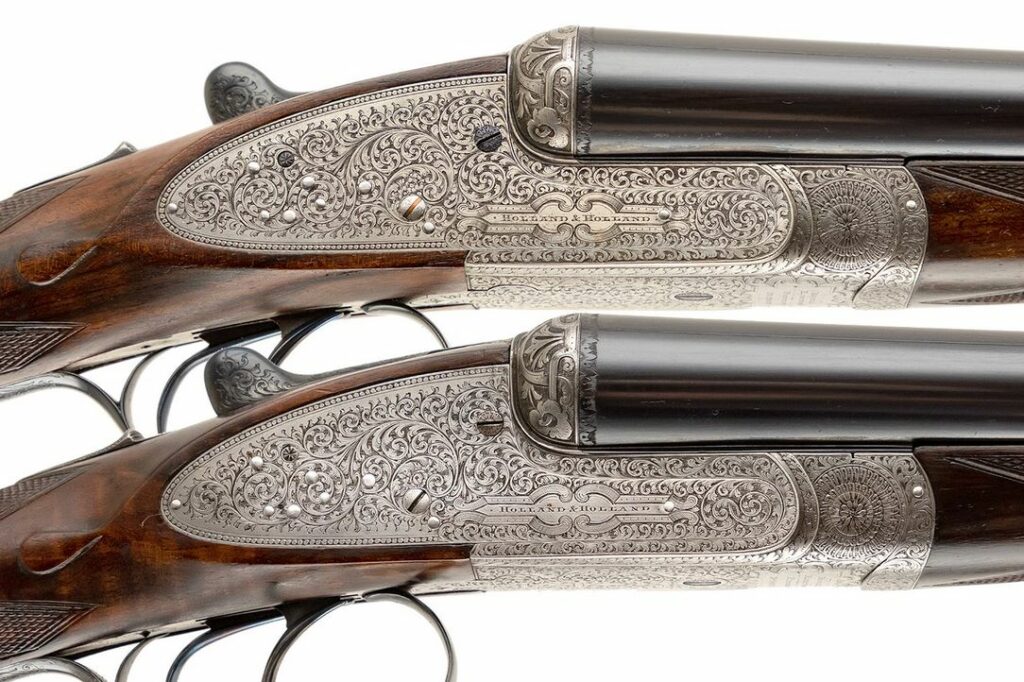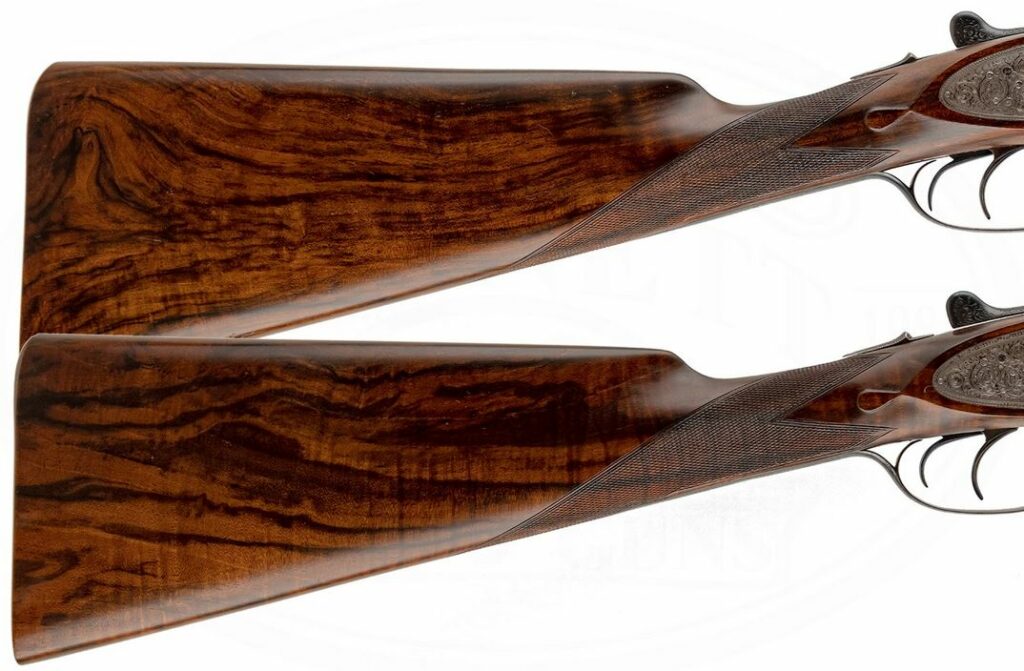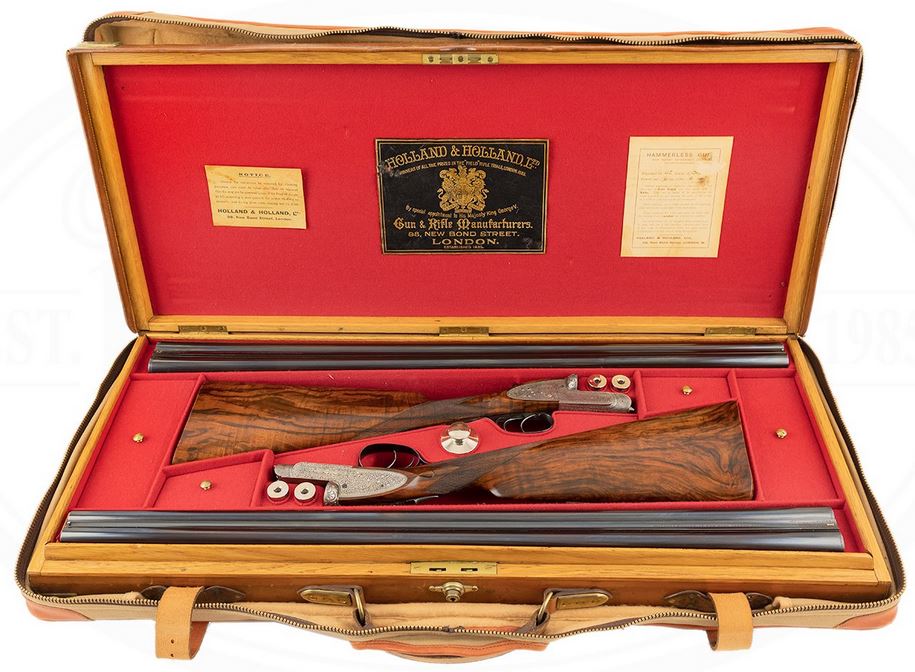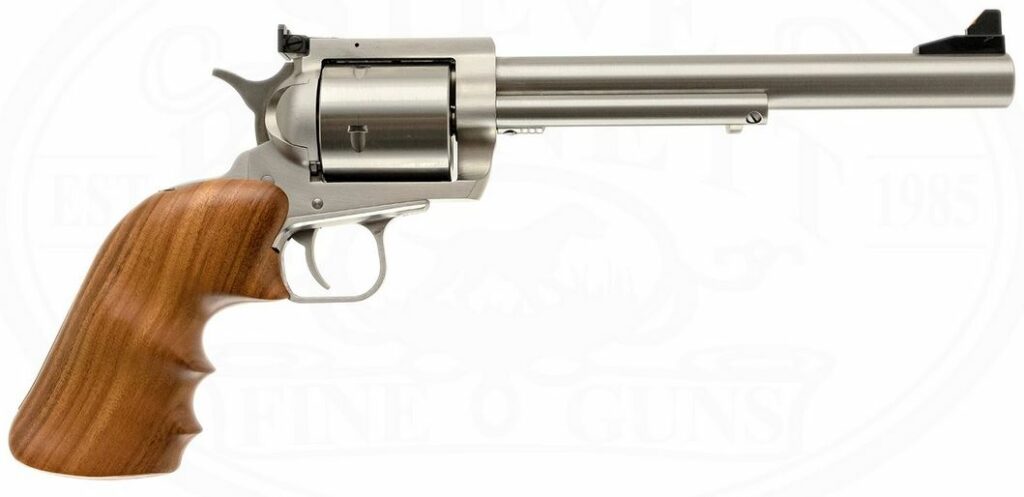From Reader Scott O. comes this request:
My wife is interested in getting back into shooting. She grew up around guns and shooting but with the demands of child-raising her skills atrophied. She wants to remedy that situation and also to have a handgun of her own. Her ultimate goal is to have a home defense handgun that she can shoot proficiently which is also pleasant to shoot recreationally.
Our initial plan was to go to the local gun shop/range and rent a few to find one she liked. We did that a couple of times but it became apparent that she needs a lot of practice to regain her skills. We’re thinking now that we get her a .22 first and another handgun later. That would allow her to redevelop her skills at a lower cost and then when it comes time to get the larger caliber she can focus on choosing one that suits her without being distracted by poor marksmanship.
She much prefers revolvers, which is a bit of a problem since most of what’s on the market are semi-auto. Would you give your opinion on our plan and some advice on choosing a .22 revolver?
So far, you’re batting 1.000 in that you’ve done the logical first steps towards choosing the proper gun — renting different models, figuring out her preferred type, realizing that this would be the training piece prior to getting a home- / self-defense gun, and so on. All good stuff, and well done.
Here are my thoughts.
- Pick a .22 revolver which holds more than six rounds. In the past, this was problematic, because few did; nowadays, however, there’s a plethora of models available. The reason I suggest this is that my own experience shows that just when you’re starting to get the hang of the shooting, there’s a “click” and you have to break your grip and stance to reload. Also, more is almost always a good idea.
- You didn’t say whether your wife is comfortable shooting a heavier gun like, say, the S&W 617 (which is a bit of a beast, relatively speaking). If she isn’t, then you may want to disregard my recommendation above, and settle for a decent six-shooter instead. However, if she’s going to shoot a heavier (self-defense) piece later, let’s assume that this is not a problem.
- I myself prefer to shoot a single-action .22 revolver, but that’s because I like to take my time shooting rimfires. Almost everyone else — and certainly beginners — prefer the double-action type, so I’m not going to argue the point. Get a double-action revolver, then, but let me at least mention what I think is an excellent choice for a single-action 10-shot revolver:
Ruger Single-Ten (in short- or long barrel, blued or stainless)
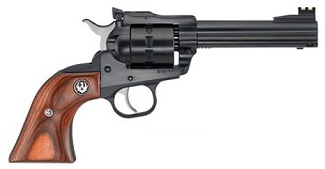
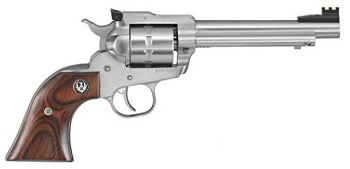
…but as a longtime owner of the Single-Six version, allow me to mention that the old-fashioned reloading process is a PITA. There are also cheaper options available (e.g. the Heritage Rough Rider or the Traditions model), but the Ruger has an adjustable rear sight and anyway, I’m assuming that you care for your beloved wife and want her to have the very best. [/wiseass]
Now for the double-action choices. Here’s the aforementiond S&W model:
S&W Model 617 (with barrel-length options, stainless only)
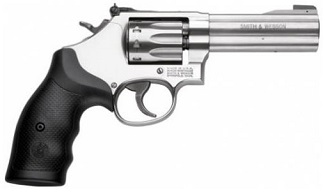
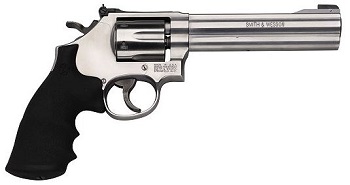
…and just as nobody ever got fired for recommending IBM, nobody will ever sneer at your S&W revolver. Good, reliable guns, albeit a tad spendy.
But here’s what I think is the best choice:
Ruger GP100 Standard
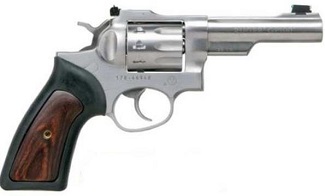
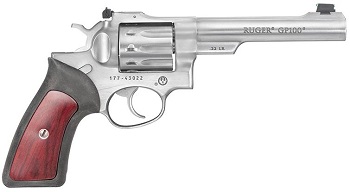
Reasons:
- It’s a Ruger; it ain’t gonna break.
- The double-action trigger is a little heavy (because it’s a Ruger), but your local gun wizard can take care of that for you, as likely would a few bricks of practice ammo. (And some .22 snap caps are your friend, for dry-firing practice: true for whatever gun you finally decide on, of course.)
- Ruger makes a .22 speedloader for the GP100, thus making the whole reloading thing a lot easier. They are spendy ($35!) but if you think about it, that’s about what you pay for a semi-auto magazine. I’d get two, minimum, so you can be reloading one while the Missus is shooting the other. (By the way, you can also get a speedloader for the S&W 617, should you decide to go there.)
But to my mind, here’s the clincher for the GP100:
- When your wife decides to go to a home-defense piece, the identically-framed GP 100 in .38 Special / .357 Magnum would be an excellent choice — less so as a carry piece, perhaps, but that’s all part of the compromise. However, out of the box the new gun would feel familiar in hold, weight and trigger pull, which would be a compelling reason to get the .22 model first.
I’m a huge fan of the revolver as a bedside gun (I myself have a S&W Model 65 in .38 Special / .357 Magnum, for just that reason), so take that for what it’s worth. Had I not happened upon a (long-since discontinued) Mod 65, however, the GP100 would undoubtedly have been my #1 choice.
And now I have to stop, because that 10-shot .22 GP100 bad boy is looking more and more desirable, and I am so weak…



